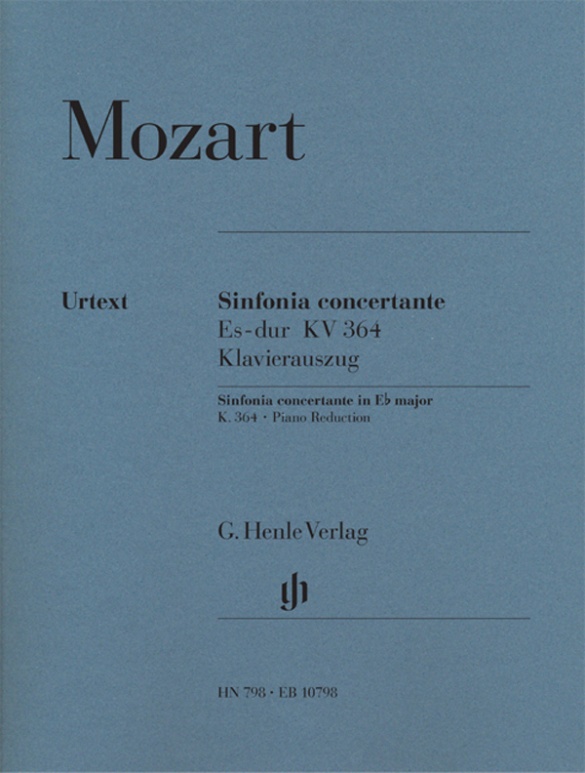

Wolfgang Amadeus Mozart
Sinfonia concertante E flat major K. 364
No serious musician and no serious orchestra can ignore this new Urtext edition of a major work of concerto literature, since the music text frequently diverges from that of previous editions. All the sources were meticulously examined, text-critically evaluated and documented for the very first time. The editing and marking of the solo parts by Tabea Zimmermann and Frank Peter Zimmermann are a crowning point in this co-production with Breitkopf & Härtel.
Content/Details
About the Composer

Wolfgang Amadeus Mozart
Mozart is one of the few composers to have produced masterpieces in all genres. On the concert tours he undertook in his early years (London, Mannheim, Italy, Paris) he gained many varied musical impressions that he assimilated in his youth and which formed the prerequisite for his later consummate musical language.
| 1756 | Born in Salzburg on January 27, the son of musician and later court composer Leopold Mozart. His early regimented musical education from his father began in 1761, first compositions at age five. |
| 1763–66 | Extended concert tours through various German cities and to Paris, London, Amsterdam, Switzerland. He composes his first sonatas for violin and piano, K. 10–15, dedicated to Queen Charlotte, as well as the first symphonies from London, K. 16 and 19, which show the influence of the works of Johann Christian Bach and Karl Friedrich Abel (the three-movement Italian sinfonia form). |
| 1767 | Premiere in Salzburg of the sacred light opera “Die Schuldigkeit des ersten Gebotes,” K. 35 (written with Michael Haydn and Anton C. Adlgasser), and the intermezzo “Apollo et Hyacinthus,” K. 38. Journeys with his father and sister to Vienna. |
| 1768 | Probably the premiere in Vienna of his Singspiel “Bastien and Bastienne,” K. 50. Composition of his first masses. |
| 1769 | Performance in Salzburg of the dramma giocoso “La finta semplice,” K. 51. |
| 1769–71 | Two tours to Italy; he meets Farinelli, P. Nardini, and Padre Martini, among others, and, on the second trip, Hasse. Premieres in Milan of his opera seria “Mitridate, Re di Ponto” in 1770 and of the festa teatrale “Ascanio in Alba” in 1771. Composition of symphonies and his first string quartet (1770, K. 80). |
| 1771 | Composition of the oratorio “La Betulia liberate,” K. 118, in Salzburg/Italy. |
| 1772 | Premiere of the serenata drammatica “Il sogno di Scipione,” K. 126, for the accession of Salzburg Archbishop Hieronymus Count Colloredo. He receives an appointment as salaried concertmaster of the Salzburg Court Chapel (of which he had been an unpaid member since 1769). Third journey to Italy with his father, premiere in Milan of the dramma per musica “Lucio Silla,” with general success. The final trip to Italy spells the ends of his youthful phase of appropriation; he has tested out all important instrumental genres (symphony, sonata, string quartet) and all the main genres of opera (Singspiel, opera buffa, opera seria, festa teatrale). |
| from 1773 | Composition of string quartets (K. 168–173) under the influence of Haydn, and of symphonies, divertimenti, serenades. He increasingly devotes himself, contingent upon the duties of his post, to liturgical music; several masses are written. Begins to compose violin and piano concerti. |
| 1775 | Premiere in Munich of the dramma giocoso “La finta giardiniera” and the serenata “Il Rè pastore.” Piano sonatas, K. 279–284. |
| 1777 | He vacates his post temporarily to undertaken a promotional tour with his mother to Munich, Mannheim, and Paris. |
| 1778 | Composition of the “Paris” Symphony in D major (K. 297). In Paris he experiences the quarrel between the proponents of Gluck and those of Piccinni. Publication of violin sonatas. |
| 1779 | Resumes his duties in Salzburg, as court organist. Coronation Mass in C major. |
| 1781 | Premiere in Munich of his tragédie lyrique “Idomeneo,” in which French and Italian elements are synthesized. Journey to Vienna. After his falling out with the Archbishop of Salzburg, he gives up his post, moves to Vienna, and earns his living as a free composer through concertizing and giving music lessons. His last great period of creativity begins. |
| 1782 | He becomes acquainted with the works of Bach and Handel through Baron van Swieten; after this he arranges Bachian fugues and incorporates the “learned style” (fugues and counterpoint) into his works beside the “galant style” (e.g. in the String Quartet in G major, K. 387, in 1782; Piano Sonata in F major, K. 533, in 1786; the Jupiter Symphony, K. 551, in 1788; “Die Zauberflöte” (“The Magic Flute”), and the Requiem in D minor, K. 626, both in 1791). Premiere in Vienna of his Singspiel “Die Entführung aus dem Serail” (“The Abduction from the Seraglio”). Composition of the Haffner Symphony in D major, K. 385. |
| 1783 | Mass in C minor, K. 427; Linz Symphony in C major, K. 425. |
| 1784 | Hunt Quartet in B-flat major, K. 458. |
| 1785 | Premiere in Vienna of the oratorio “Davide penitente,” K. 469. “Dissonance” Quartet in C major, K. 465. |
| 1786 | Premiere of the comedy with music “Der Schauspieldirektor” (“The Impresario”), K. 486, which Salieri’s competing work “Prima la musica e poi le parole” (“First the Music and Then the Words”) bests. Premiere in Vienna of the opera buffa “Le nozze di Figaro” (“The Marriage of Figaro”), whose extended action-packed finales form a highpoint of opera buffa. Prague Symphony in D major, K. 504. |
| 1787 | Serenade in G major (“Eine kleine Nachtmusik”), K. 525. He is named imperial and royal chamber composer. Premiere in Prague of the dramma giocoso “Il dissoluto punito ossia Il Don Giovanni,” a synthesis of serious and comic opera. |
| 1788 | Composition of the large Symphonies in E-flat major, K. 543; G minor, K. 550; and C major (Jupiter Symphony), K. 551. Clarinet Quintet in A major, K. 581. |
| 1790 | Premiere in Vienna of the dramma giocoso “Così fan tutte ossia La scuola degli amanti.” |
| 1791 | Premiere in Prague of the opera seria “La clemenza di Tito” and in Vienna of the Singspiel “Die Zauberflöte.” Clarinet Concerto in A major, K. 622. The Requiem remains unfinished. Dies in Vienna on December 5. |
About the Authors
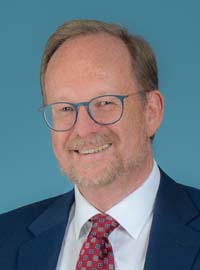
Wolf-Dieter Seiffert (Editor)
Dr. Wolf-Dieter Seiffert, born in 1959 in Frankfurt/M., read musicology, modern German literature, and philosophy at the Ludwig-Maximilians-Universität in Munich. On a scholarship from the “Studienstiftung des Deutschen Volkes”, he did his doctorate in 1990 with a thesis on “Mozarts frühe Streichquartette” (Rudolf Bockholdt). That same year, Seiffert started work at G. Henle Publishers as an editor. Parallel to his work at the publisher, he completed a diploma in business studies at the St. Gallen University, KMU-HSG, financed by the Günter Henle Foundation. Seiffert was managing director of G. Henle Verlag from 2000 to 2023.
Seiffert has edited numerous Urtext editions for G. Henle Publishers, predominantly on Mozart’s works.
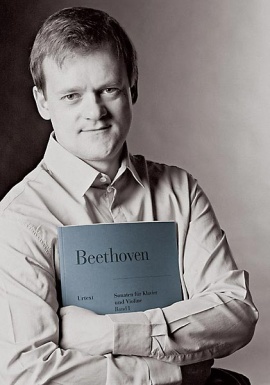
Frank Peter Zimmermann (Fingering and bowing for Violin)
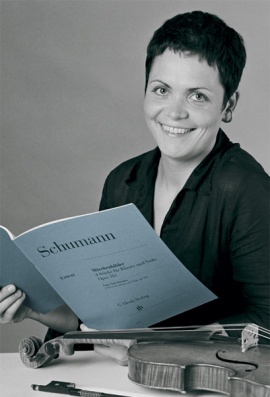
Tabea Zimmermann (Fingering and bowing for Viola)
Product Safety Informations (GPSR)

G. Henle Verlag
Here you can find the information about the manufacturer of the product.G. Henle Verlag e.K.
Forstenrieder Allee 122
81476 München
Germany
info@henle.de
www.henle.com
L’ampia appendice fornisce non solo interessanti informazioni sulle fonti ma anche un apparato critico che giustifica determinate scelte editoriali oltre a riportare differenti chiavi di lettura ugualmente valide.
Archi, 2008Whatever the performer’s taste, this edition is recommended as a substitute for all previous editions, although, as we have seen, Urtext is not an easy option, and much work still has to go into creating each performance, with (thank goodness!) the result that no two performances are ever likely to be the same.
News & Views, 2007Interessant ist dabei – neben dem von Siegfried Petrenz recht übersichtlich und klar gestalteten Klavierauszug – vor allem die Einrichtung der Solostimmen durch die beiden weltberühmten Musiker. Auf diese können auch Laien problemlos zugreifen …
Liebhaberorchester, 2007Der Herausgeber Wolf-Dieter Seiffert klärt – in dieser Deutlichkeit wohl erstmals – überzeugend die Verwandtschaftsgrade und wechselseitigen Abhängigkeiten der sekundären Quellenüberlieferung. … Diese editorische Meisterleistung befriedigt höchste Ansprüche und verdient uneingeschränkte Empfehlung.
Acta Mozartiana, 2007, Für alle, die auf Genauigkeit achten, Wert auf eine exzellente Urtext-Ausgabe legen und Lust haben, dieses Werk in Skordatur zu spielen, ist diese Partitur ein unbedingtes Muss.
Toccata, 2007Es ist ein großer Gewinn, dieses wichtige Werk der Konzertliteratur in der vorliegenden gelungenen Ausgabe zur Verfügung zu haben. Die Solostimmen sind kompetent und stilsicher eingerichtet.
Schweizer Musikzeitung, 2007Wer sich selbst als Musikarchäologe betätigen will – oder einfach nur über die eine oder andere merkwürdige Stelle gestolpert ist – der erhält in der vorliegenden Ausgabe wertvolle Anregungen für die eigene Arbeit.
Ensemble, 2007Les éditeurs ont soumis pour la première fois l’ensemble des sources à un examen minutieux, un travail d’interprétation et de documentation basé sur la critique du texte. La prise en charge de la réalisation des parties solistes par Tabea Zimmermann et Frank Peter Zimmermann rehaussent l’éclat de cette édition de Wolf-Dieter Seiffert …
Crescendo, 2006recommendations
autogenerated_cross_selling
Further editions of this title
Further editions of this title


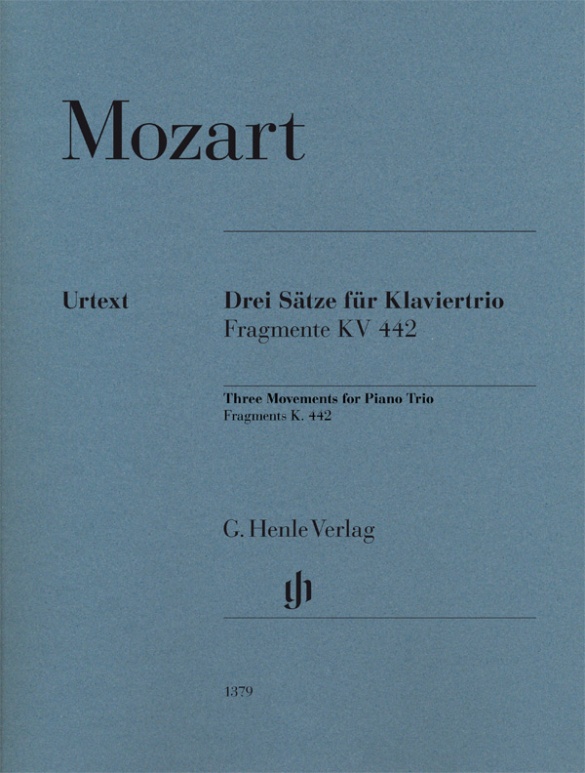

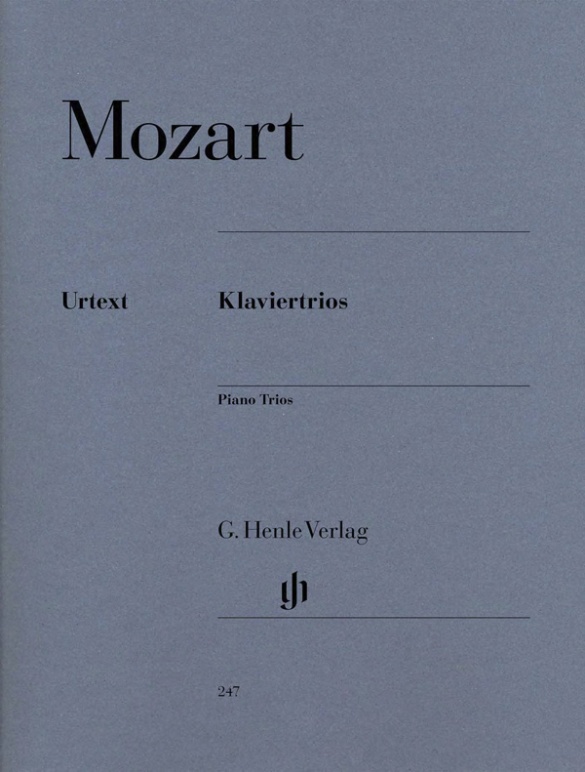
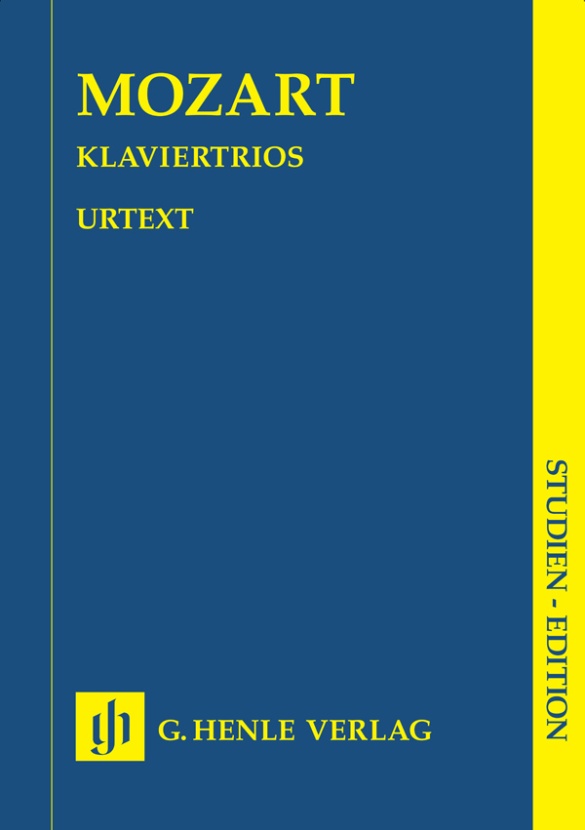
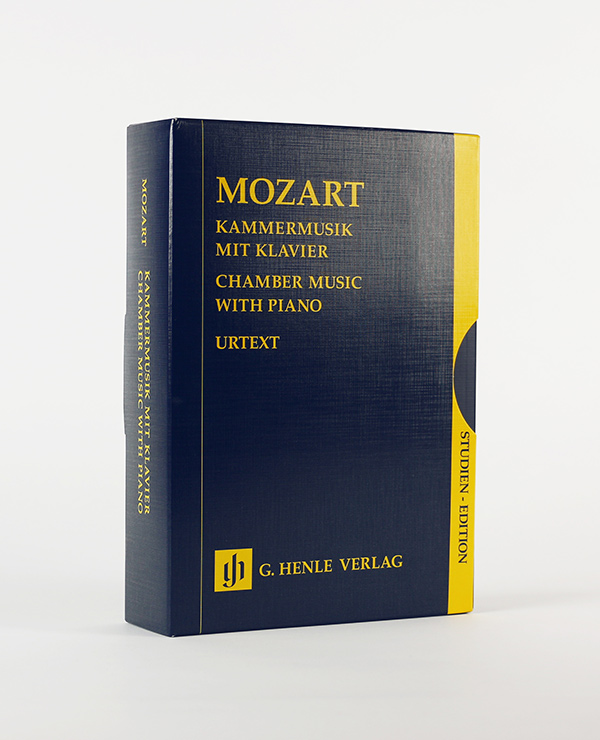
with marked and unmarked string parts